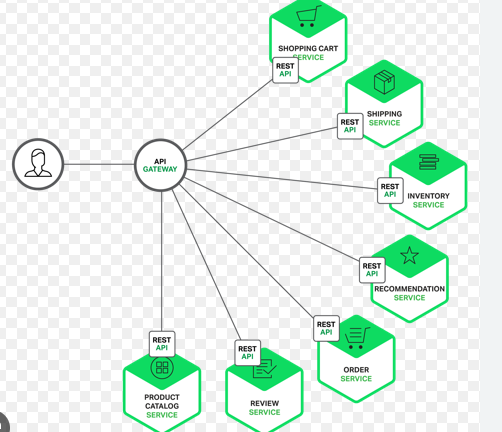IPv4 vs IPv6: Understanding the Internet’s Past, Present, and Future
- RNREDDY

- Aug 25
- 2 min read

What is IP?
IP (Internet Protocol) is the system that gives every device on a network (computer, mobile, router, etc.) a unique address so they can communicate.
Just like your home address lets mail reach you, an IP address lets data reach your device.
There are two main versions: IPv4 and IPv6.
---------------------------------------------------------------------------------
What Is IPv4?
IPv4 (Internet Protocol version 4) is the fourth version of the Internet Protocol, and it's the most widely used protocol for identifying devices on a network using an IP address.
🔹 Address Format
• IPv4 uses a 32-bit address, written in dotted decimal notation.
• Example: 192.168.1.1
• Each of the four numbers (called octets) ranges from to . 0 to 255
How IPv4 Works:
IPv4 is part of the TCP/IP stack, and it operates at the Network Layer (Layer 3) of the OSI model. Here's how it functions step-by-step:
1. Addressing
- Every device on a network is assigned a unique IPv4 address.
- Addresses are categorized into:
- Public IPs: Routable on the internet
- Private IPs: Used within local networks
Advantages:
Simple, easy to remember.
Supported everywhere (routers, OS, apps).
Still the backbone of the internet.
Limitations:
Address shortage → Only ~4.3 billion possible addresses (not enough for modern IoT, mobiles, etc.).
Security (IPSec is optional, not built-in).
Broadcast traffic increases network load.
What Is IPv6?
IPv6 is a 128-bit addressing system that allows for an astronomical number of unique IP addresses—about 340 undecillion (that’s 340 followed by 36 zeros!). This makes it ideal for modern networks, cloud infrastructure, and the explosion of IoT devices.
Structure of IPv6:
Written in hexadecimal (0–9, a–f).
:: can replace consecutive zeros for simplicity.
Example:
Full → fe80:0000:0000:0000:0202:b3ff:fe1e:8329
Short → fe80::202:b3ff:fe1e:8329
Advantage: Why Move to IPv6?
Huge address space → every device (even your fridge or watch) can get a unique IP.
No need for NAT (Network Address Translation).
Better security: IPSec is built-in.
Better performance with multicast (instead of broadcast).
Auto-configuration support (devices can configure themselves).
In cloud native systems (especially container heavy or multi region), IPv6 removes the need for NAT and offers true end to end addressing.
IPv6 isn't just the future, it’s quietly becoming the present as IPv4 is slowly running out. If you're building infrastructure today that should scale for 5+ years, ignoring IPv6 is like ignoring HTTPS back in 2010.
Your Terraform/VPC plan, load balancer config, DNS setup, and even your firewall rules should start thinking in IPv6.
What to Do as a DevOps or Cloud Engineer ?
Learn IPv6 DNS records and how to use them.
Design CIDR plans that avoid overlapping and support future IPv6 adoption.
Start enabling IPv6 in new VPCs
Always consider dual stack provisioning.



Comments